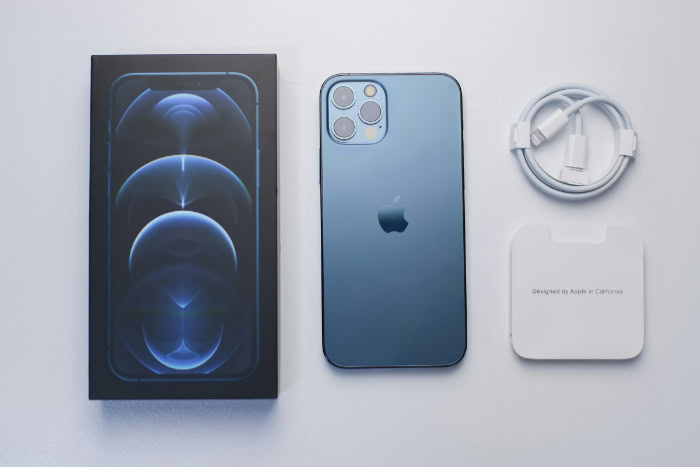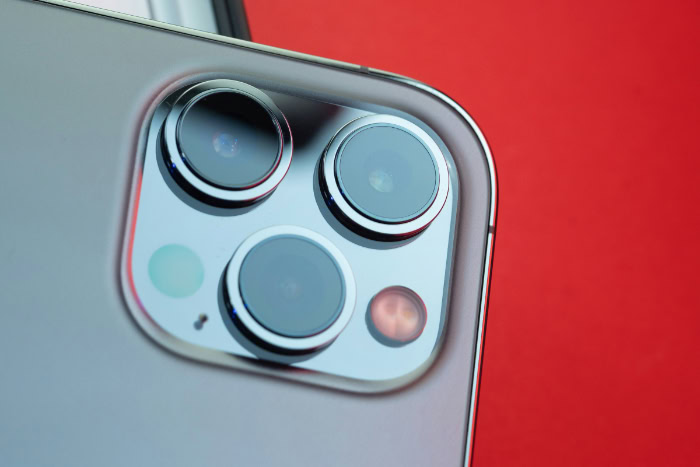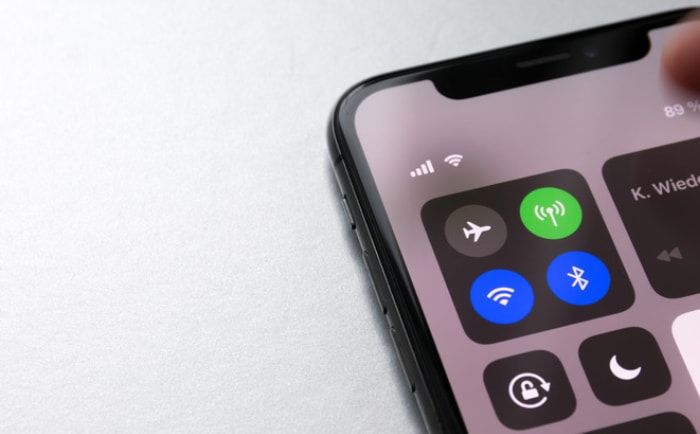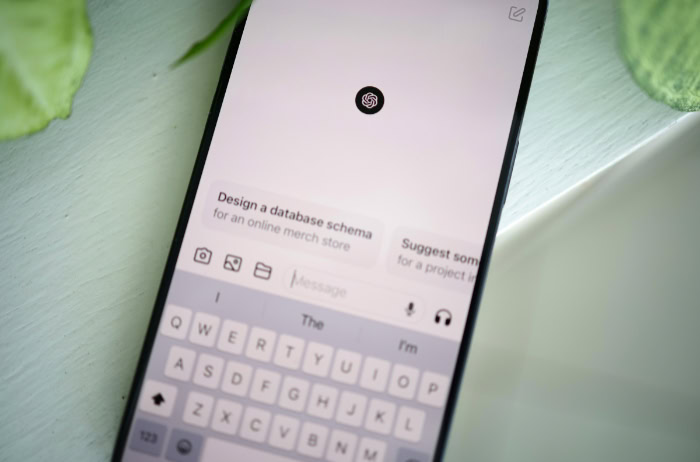Tips to Help You Recognize Fake Gadgets: Avoid Common Traps

Spotting a brand-new gadget at an irresistible price can feel like striking gold. Yet, beneath the surface, thousands of counterfeit electronics are slipping into stores and online marketplaces every day, risking more than just disappointment.
Fake gadgets can cause serious harm, from electrical hazards to data theft, all while draining your wallet on products that offer little in return. Recognizing a convincing imitation is not always easy, but learning how to spot the warning signs can protect your safety, your money, and your peace of mind.
Conduct a Thorough Physical Inspection
A genuine device often stands out from a fake one through its appearance and feel. Counterfeiters may go to great lengths to mimic original packaging and product designs, but subtle details can reveal their deception.
Giving a gadget a careful, hands-on look before purchase can save you from unexpected risks and disappointment. Focusing on specific areas, such as packaging, build quality, branding, and included accessories, can make all the difference.
Packaging Details
Original products from reputable brands rarely have sloppy packaging. Check for high-quality print where images look sharp and colors are vivid.
Pay close attention to any spelling mistakes, awkward phrases, or missing product information, as genuine brands have strict quality control standards. Region-specific labels, including safety marks and import stickers, usually match the country of purchase.
Poorly translated instructions or unusual icons often signal a counterfeit product.
Build Quality
Pick up the device and feel its weight and sturdiness. Authentic gadgets are designed with precision; they should feel solid, with no loose or rattling parts.
Inspect the seams and joints for neatness. Uneven seams, gaps between components, or flimsy materials may indicate a fake. Buttons and ports should fit perfectly and operate smoothly.
If the device feels unusually light or plasticky, that could be a warning sign.
Branding Consistency
Branding is often where counterfeiters slip up. Look closely at the logo, font, and any engravings or embossed markings. Even small differences in color, size, or positioning can reveal an imitation.
Compare the branding on the device to images from the official brand website. Genuine brands always maintain consistent styling, and any deviation is cause for concern.
Accessories
Accessories bundled with the gadget should look and feel like original parts. Cables, chargers, and adapters from major brands feature their trademarks or certification labels.
Check the quality of materials, the fitting of plugs, and the print on manuals or warranty cards. Genuine products usually come with detailed documentation, clear branding, and reliable packaging.
Low-quality accessories or missing official markings should raise suspicions about the gadget’s authenticity.
Use Official Verification Tools

Technological advances have given brands more ways than ever to help you confirm a gadget’s authenticity. While counterfeiters are skilled at mimicking appearances, they often fall short with serial numbers, security labels, and digital verification methods.
Checking a device with official tools not only adds another layer of protection but also offers reassurance that what you have is the real thing. Taking a few minutes to verify details can make the difference between a confident purchase and a costly mistake.
Serial Numbers
Legitimate devices from reputable manufacturers include unique serial numbers or product codes. These identifiers are your first line of defense against counterfeits.
Start by locating the serial number either on the packaging or somewhere on the device itself, often in a discreet spot. Visit the brand’s official website or use its verification app to enter the code.
The system will confirm whether the serial number matches their records and provide additional information, such as warranty status or country of origin. Mismatched or unrecognized numbers are clear warning signs that a product may not be authentic.
Holograms and Security Labels
Many well-known brands include security features that are difficult for counterfeiters to replicate. Holographic stickers and security labels often display color-shifting patterns that change when viewed from different angles.
These visual cues not only add to a product’s premium appearance, they act as proof of authenticity. Some labels incorporate unique codes or serial numbers, which you can input on the manufacturer’s website.
If the label seems poorly made, lacks detail, or doesn't display the expected optical effects, it probably doesn’t belong on a genuine product.
QR Codes and Blockchain Verification
Recent advancements have introduced digital authentication through QR codes or blockchain technology. Scanning a QR code with your phone’s camera or a specific brand app can lead you directly to a certificate of authenticity or supply chain information.
Blockchain-based systems enable brands to record every step of the product’s journey, making it nearly impossible for a fake to slip through undetected. Any trouble scanning the QR code, or information that doesn’t match up with product details, should prompt extra caution.
Applying these official verification methods alongside your own observations makes detecting fake gadgets much easier. Brand-backed tools are designed to be accessible and user-friendly, giving you peace of mind before you finalize a purchase.
Adopt Smart Purchasing Habits

Clever shopping practices make a significant difference in avoiding fake gadgets and ensuring a smooth experience from purchase to long-term use. Scammers target unsuspecting buyers with irresistible prices, convincing presentations, and fake credentials, so a cautious approach pays off.
Smart buying not only protects your wallet but also shields you from faulty or potentially harmful products. A little bit of research and attention before purchasing can spare you from future trouble and disappointment.
Buy from Authorized Sellers
Choosing where to shop is one of the most effective strategies to avoid counterfeits. Brand-certified retailers and official online stores have direct relationships with manufacturers, which guarantees that all products are genuine.
Shopping from these sources also ensures access to after-sales support and legitimate warranties. If you find a device through third-party websites or marketplace sellers, check for their certification or authorization with the brand.
Trusted sellers often display badges or provide links to manufacturer verification pages. When in doubt, visit the brand’s official website for a list of approved vendors.
Avoid “Too Good to Be True” Deals
Tempting prices are a favorite tactic of counterfeit sellers. While discounts can be legitimate, excessively low prices compared to the market average usually signal a red flag.
Before finalizing a purchase, compare the price across multiple reputable retailers. Genuine products from leading brands rarely have steep, unexplained discounts.
A surprising bargain can end up costing you much more if you receive a low-quality fake that offers subpar performance or even damages your other electronics.
Check Warranty and Support
Genuine gadgets come with transparent warranty policies and reliable customer service. Always review warranty terms before buying and confirm that you’ll be able to access repairs or support if something goes wrong.
Official sellers and brands publish clear warranty periods, conditions, and contact information for after-sales assistance. Counterfeit sellers often avoid providing clear warranty details or may offer vague and misleading promises.
Reliable support shows that a seller stands behind the product’s authenticity and quality.
Developing these purchasing habits minimizes your risk and provides peace of mind as you shop for new devices. Every careful step helps ensure that the gadget you take home will perform as expected and offer lasting satisfaction.
Understand the Risks of Counterfeits

Purchasing a fake gadget might seem harmless at first glance, but the dangers run far deeper than simple disappointment. Counterfeit electronics often carry hidden risks that can impact your safety, finances, and even your privacy.
Learning about the consequences of using counterfeit devices is essential so you can better appreciate why genuine products are always the wiser option.
Safety Hazards
Counterfeit gadgets are often manufactured with little attention to safety standards. As a result, subpar wiring, poor insulation, and faulty components can easily find their way into these products.
Overheating and electrical failures are common, posing the risk of fires, electric shocks, or device explosions. Genuine electronics display certifications such as CE and FCC marks, which show that a product meets specific safety requirements.
Fakes may lack such labels or use forged certifications, leaving users vulnerable to real physical harm.
Financial Losses
Initial savings from buying a counterfeit gadget can quickly be erased by unexpected expenses. Imitation products generally have a much shorter lifespan, with components that wear out or break easily.
Since counterfeits rarely include a valid warranty, getting repairs or replacements becomes either impossible or unreasonably costly. Money spent on a fake device is rarely recoverable, and the frustration of owning an unreliable product only adds insult to injury.
Privacy Threats
A less obvious but equally serious risk comes from privacy and data security. Many counterfeit devices are designed with hidden malicious software, which can access your personal information, track your usage, or infect your network.
Fake smartphones, USB drives, and other electronics may be preloaded with spyware or malware, putting your private data and passwords at risk. The consequences might not be immediately noticeable but could expose you to significant harm in the long run.
Weighing these risks makes it clear why verifying and purchasing genuine gadgets is so important. The true cost of a counterfeit often extends far beyond the price tag, touching nearly every facet of your safety and digital well-being.
Conclusion
Staying vigilant against counterfeit gadgets is more important than ever. Examining devices closely, using official verification tools, and adopting smart purchasing habits all work together to safeguard your safety, wallet, and peace of mind.
Counterfeit electronics bring real dangers, from safety risks to financial losses and threats to your privacy. Taking the time to double-check authenticity is a simple step that protects you from these costly consequences.
Sharing what you’ve learned with friends and family also plays a valuable role in shrinking the counterfeit market and keeping more people safe. Each careful choice and shared tip makes a genuine difference in the fight against fake gadgets.


